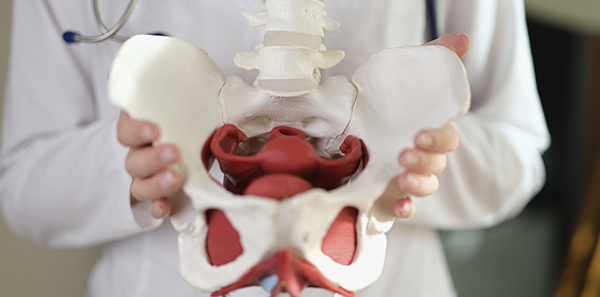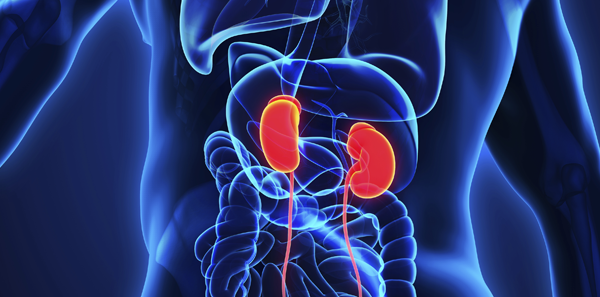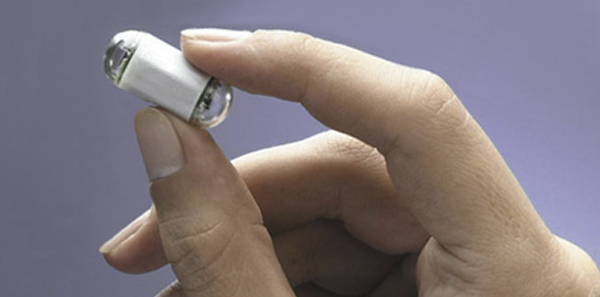
The pelvic floor is a set of muscles, ligaments and connective tissues located in the lower part of the pelvis; their function is to support the organs in that area (bladder, uterus, rectum and vagina). But did you know that there are situations like pregnancy, childbirth, constipation, ageing or obesity that can weaken them?
The consequences can include urinary incontinence, prolapse (descent of the pelvic organs), faecal incontinence or sexual dysfunctions. These problems, which are often taboo in society, affect many women’s everyday lives.
The first treatment that should be applied in mild or moderate cases is rehabilitation. This helps to strengthen and tone these muscles, improving their function and preventing more significant problems in the future.
There are different techniques, so it’s important to take each person’s specific needs into account:
- Kegel exercises (described by Arnold Kegel in 1950)
This is the most common and can be done at home. The exercises consist of repeatedly and gradually contracting and relaxing the pelvic floor muscles, which strengthens the area and improves its function. Along with this, there are devices such as vaginal cones or Chinese balls that can help to progressively strengthen the area, as they also involve making these muscles contract.
- Electric muscle stimulation
The procedure is carried out by a professional in a medical centre. This technique forces the muscles to contract by applying a non-painful electrical current similar to those emitted by nerves.
- Biofeedback
This technique enables patients to visualize the activity of the pelvic muscles in real time, making it easier to learn to contract them effectively.
As well as being used as a treatment, pelvic floor rehabilitation can also work well as a preventive measure. In risk situations, such as pregnancy, it can make the pelvic floor stronger and lessen the chances of having urinary incontinence after childbirth. Likewise, women who practice impact sports (football, running, basketball, athletics, etc.), which affect pelvic floor functionality, should routinely perform Kegel exercises.
As you can see, pelvic floor rehabilitation is a comprehensive and effective approach to address health problems related to the weakness of this muscle group. Using Kegel exercises, vaginal devices, physiotherapy and other techniques, women can improve muscle function and relieve any symptoms that may appear over the years.
This kind of therapy can also act as a valuable preventive tool to maintain pelvic health throughout life. All situations that involve an increased risk of pelvic floor dysfunction in the future should be identified so they can be prevented well in advance.
Any woman who presents with pelvic floor symptoms or dysfunction should see a specialist physician, who will provide early guidance and prescribe a treatment to suit their particular case.
Dr. Lluís Amat Tardiu
Gynaecologist specialising in pelvic floor dysfunction
Gynaecological Centre Sarrià , Barcelona












